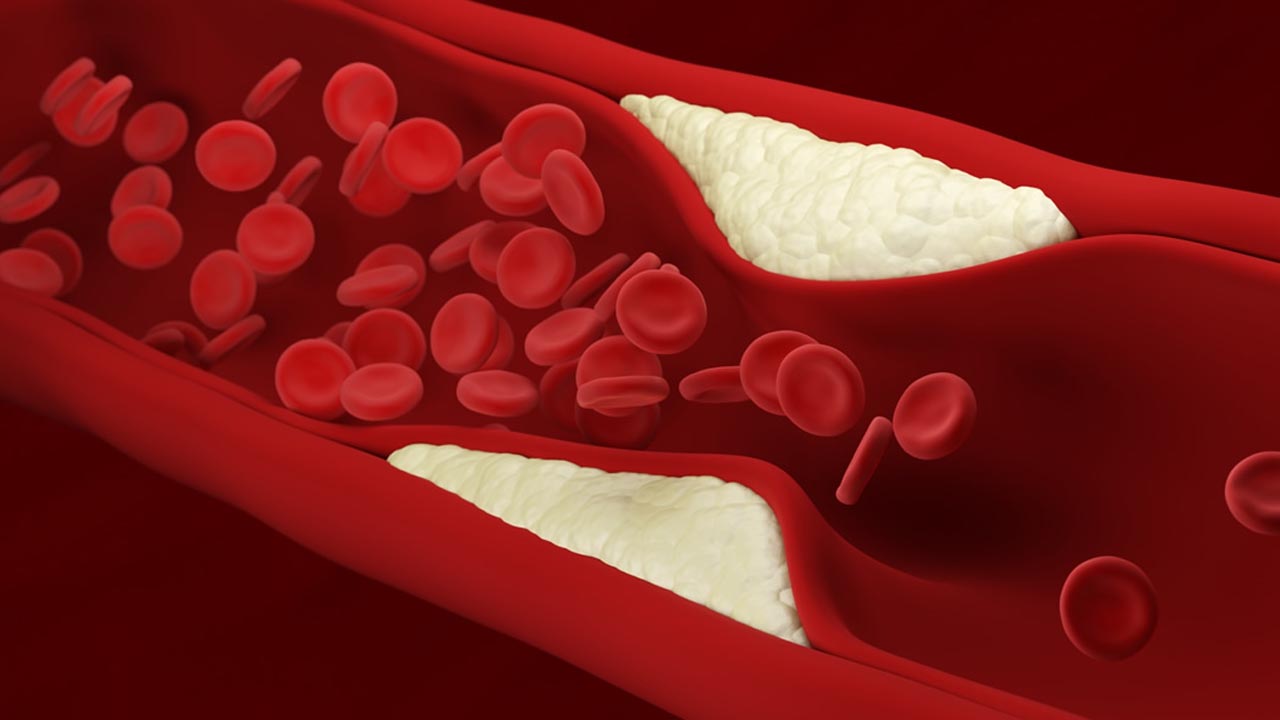A very common condition of fatty acids accumulating in the arteries restricting the blood supply to the legs has been a cause of leg pain in about 60% of the people of New Jersey. This disease is known as Peripheral Arterial Disease (PAD). Under such circumstances, it is crucial to be aware of the statistical analysis of PAD in New Jersey, so you can keep yourself healthy enough not to fall prey to such a disease.
PAD is believed to affect more than 230 million adults worldwide and can result from various clinical issues that may include other cardiovascular disorders. PAD has been much underrated in the past years and did not receive the emphasis it should have been. Many patients diagnosed were kept from the evidence-based therapies. There are several gaps in the management of PAD.
Reason for Under Recognition:
- The method of diagnosis Pad, i.e., ABI, is not available in many clinics in New Jersey.
- Leg disease is not considered fatal or serious by the public in New Jersey.
- It is not recognized as a major cause of sudden cardiac death.
- Many clinicians in New Jersey consider PAD symptoms everyday aging problems.
Awareness Related to PAD in NJ:
Irrespective of the high prevalence and serious outcomes, the overall awareness of PAD in New Jersey is minimal. In a study, PARTNERS, conducted in 1999, 83% of patients were diagnosed with prior PAD symptoms, and only 49% of the physicians treating them were aware of the PAD diagnosis. Even recently, it has been found that only 61% of general practitioners screen patients for PAD and only 6% are aware of the evidence-based guidance and therapies for PAD.

The same study found poor overall knowledge regarding PAD among medical students and trainee physicians. However, the awareness ranges from 21 to 61 percent if we talk about the general public. This lack of understanding has caused the delay and underuse of treatment related to PADs.
Conventional Causes of PAD:
The Edinburg study reports that the risk of PAD is related to physical activity. Diabetes and smoking strongly relate to PAD. However, dyslipidemia and hypertension may also lead to PAD. Around 70% of diabetic patients can develop PAD.
Non-Conventional Causes of PAD:
Studies have found that a severe form of PAD highly relates to the elevated levels of inflammatory markers like CRP and IL-6 in the human body. Some studies pose that HIV is also a risk factor for PAD. Along with these, lead exposure contributes to 10% of cardiovascular deaths. In the case of PAD, blood lead levels are found to be 14% higher than those without PAD. Air pollution may also lead to the development of PAD. The hazard ratio for developing PAD is 2.09 for people with depression.
Prevalence Trends:
Pad is believed to be the third major cause of atherosclerotic morbidity, the first two being coronary heart disease and stroke. A study has demonstrated that the trend of PAD being present at age 40 to 44 years was 5%, and from 70 to 74, it was 12% for both men and women. From 2000 to 2010, the number of people living with PAD increased by 13.1%. In 2015, 238 million people were living with this disease around the globe. In New Jersey, the prevalence of this disease is 7% at an age greater than 40.
Risks Associated with PAD:
A lifetime risk estimate is made to communicate the long-term risks associated with PAD. According to studies, the ten years risk estimate is low for young adults; however, the lifetime risk algorithm is associated with people aged 20 to 59 years. The risk of PAD is calculated and estimated to be 30% in black people and 20% in white people. The studies have further found that the lifetime risk estimate associated with PAD may vary by 3- to 5- fold based on the traditional risk factors of PAD ( i.e., smoking, diabetes, etc.) and the age, sex, race, and ethnicity of the individual.




